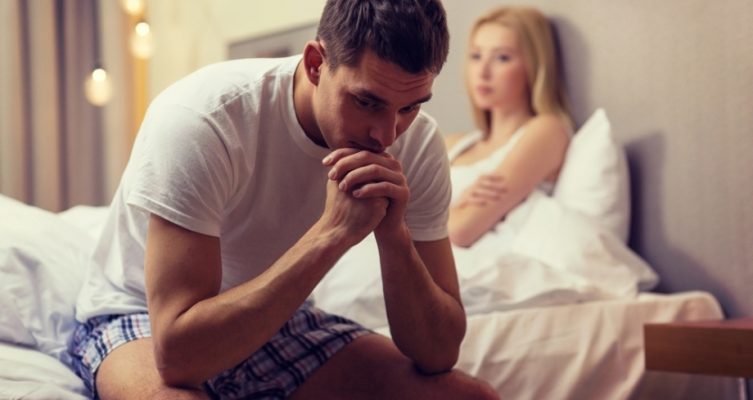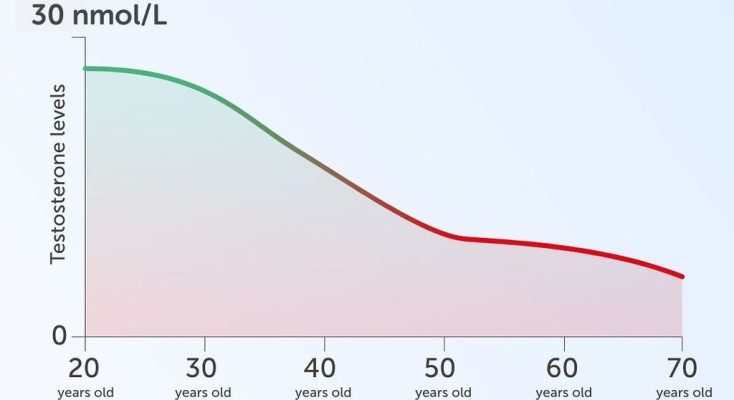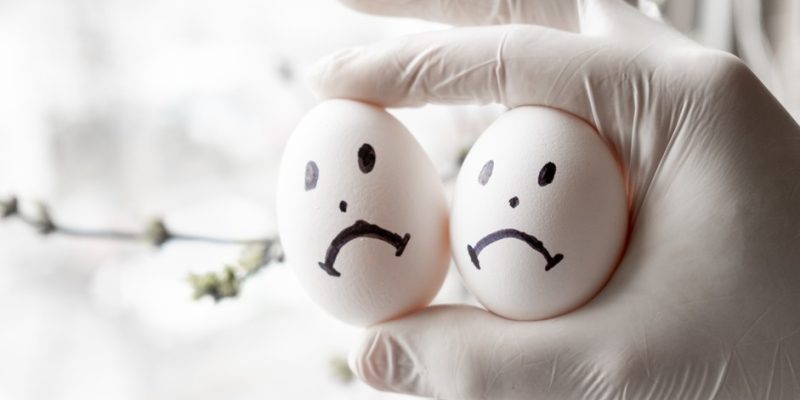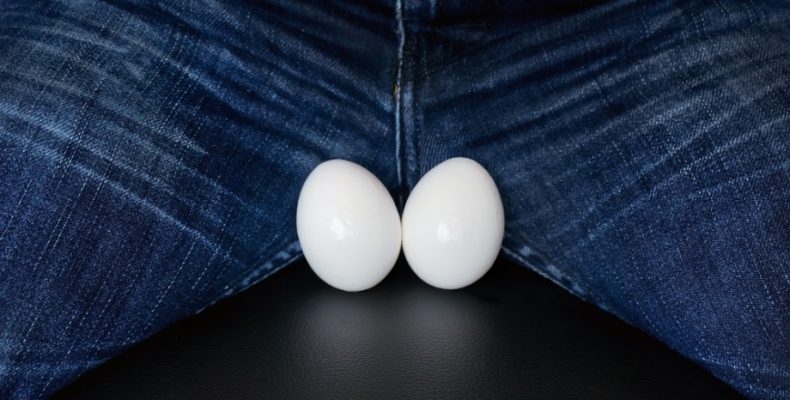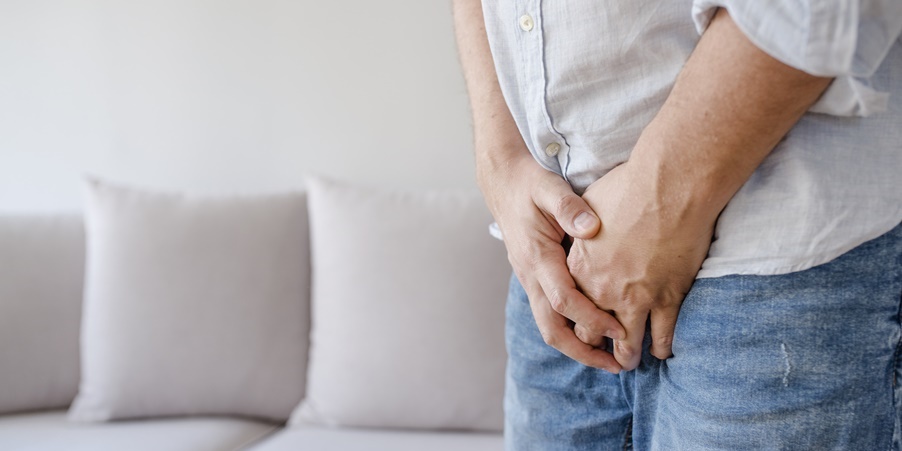
Men can experience urinary incontinence or fecal incontinence (or both), which, for instance, can show as problems with the frequency and urgency of excretion, waking up at night, dribbling after going to the toilet, or total loss of bladder control. This is not only embarrassing, but also a practical annoyance.

There can be a number of causes for incontinence, such as Parkinson’s disease, diabetes, a stroke, an overactive bladder, dementia, an enlarged prostate, prostate surgery, a weak bladder and/or pelvic floor muscles, among others.
Avoiding certain types of drinks, such as coffee and alcohol can help to battle incontinence, or drinking at different times.
Bladder training can also help to combat urinary incontinence. It’s a behavioral technique that works like this: one starts with going to the bathroom to pee every half hour, whether one feels the urge or not. Then gradually, over days or weeks, one expands the time between bathroom breaks. This may help to “teach” the bladder to only feel the need to empty every 3 to 4 hours.
Kegel Exercises is a means to strengthen the pelvic floor muscles, which support the bladder and bowel and give more control over incontinence issues by strengthening the anal and bladder sphincters.
And finally, there are also medication options, certain appliances, and surgery that can help to either cure or alleviate incontinence, or control the consequences.














